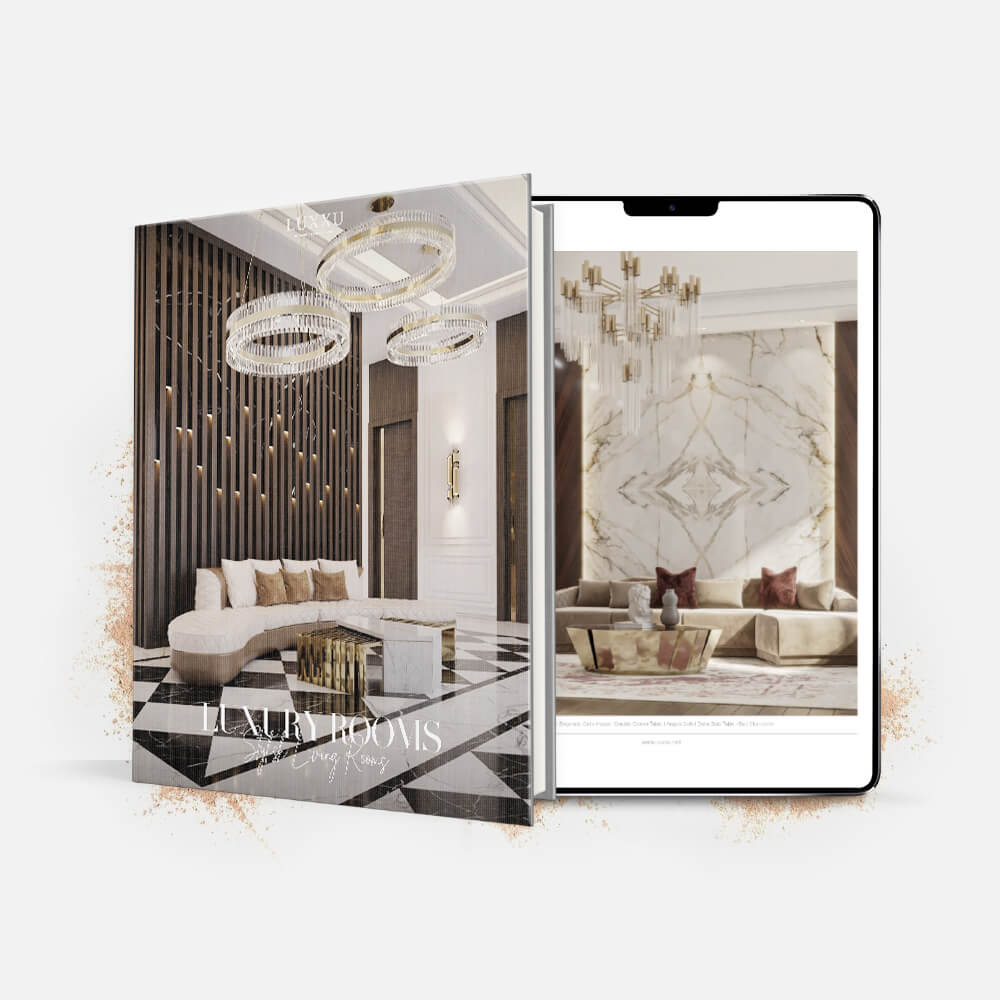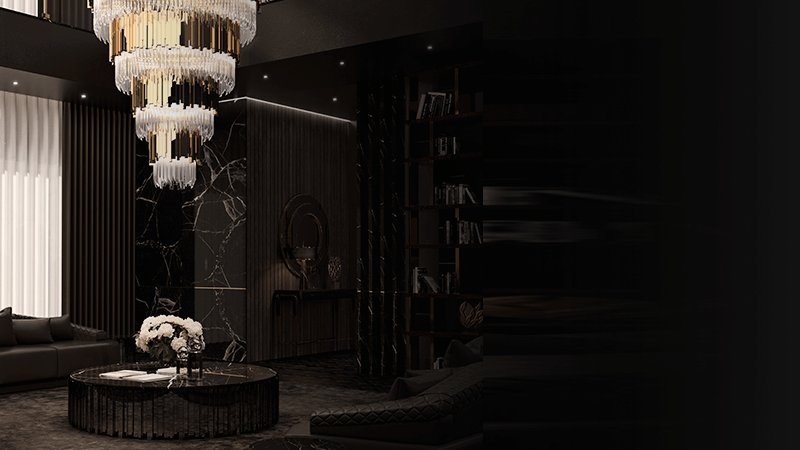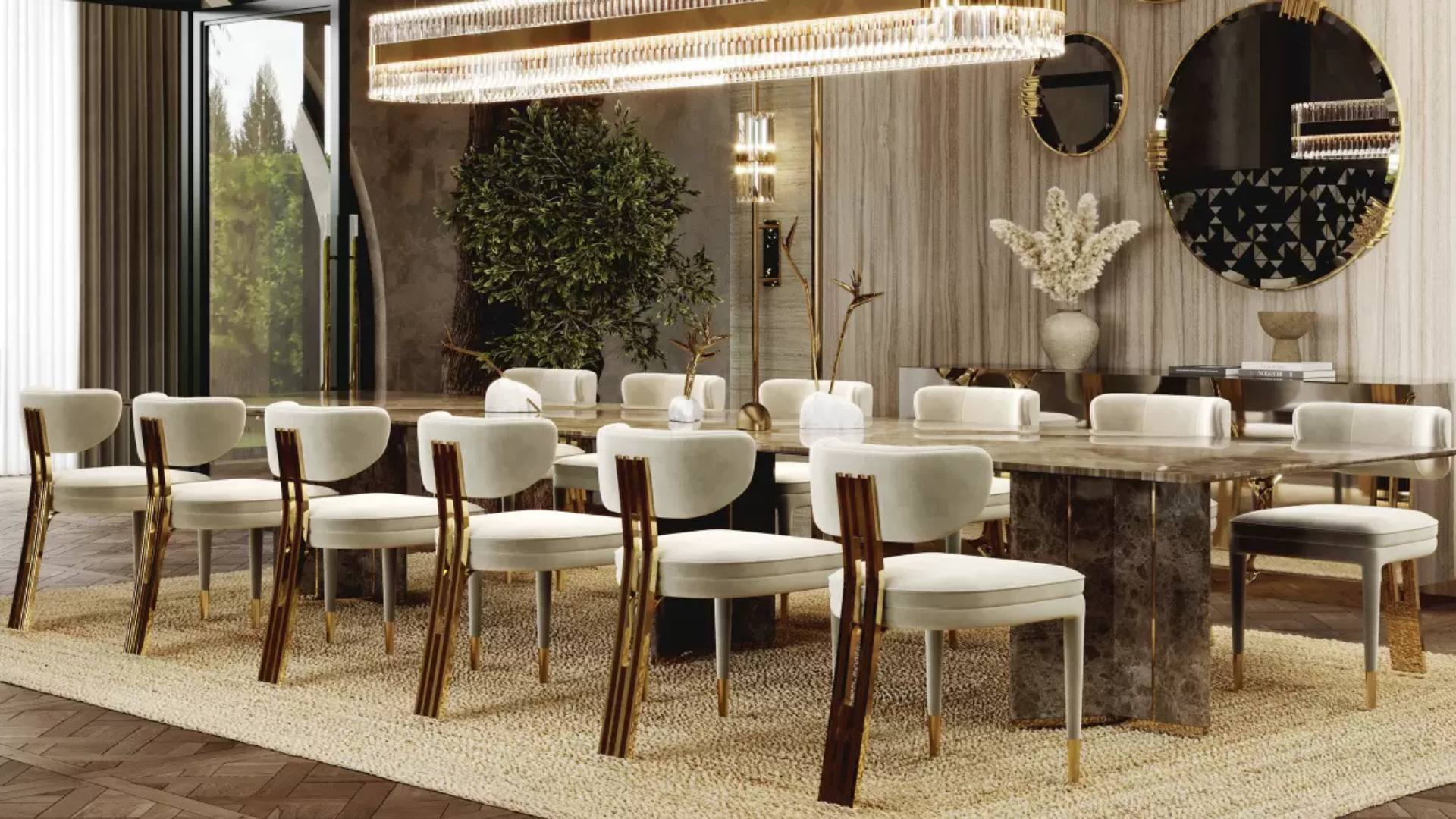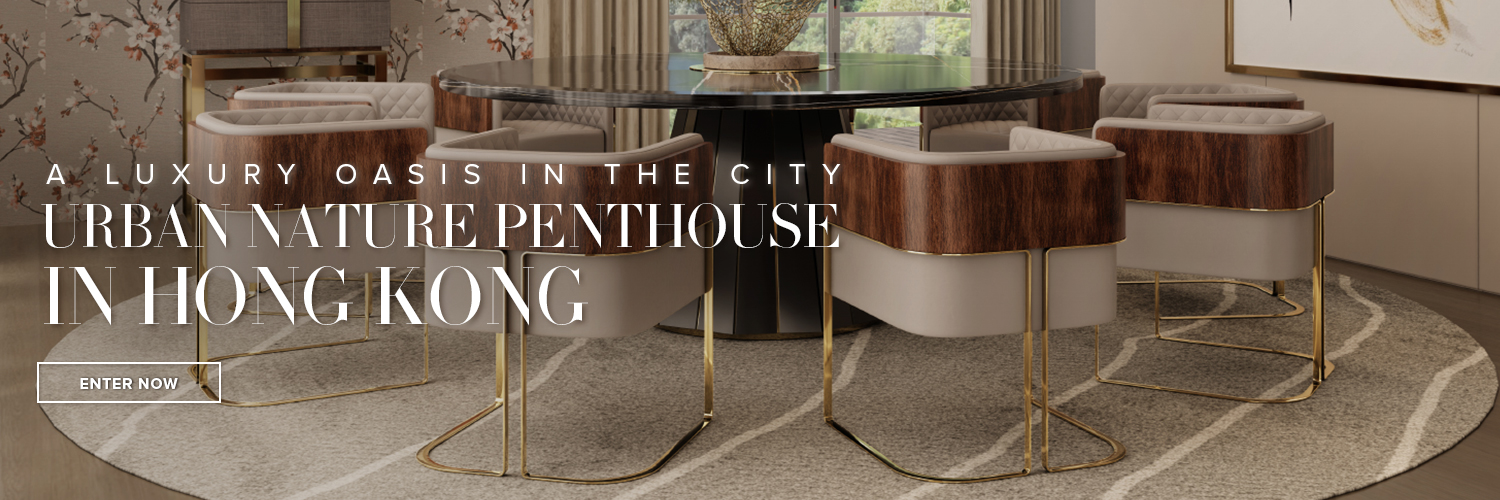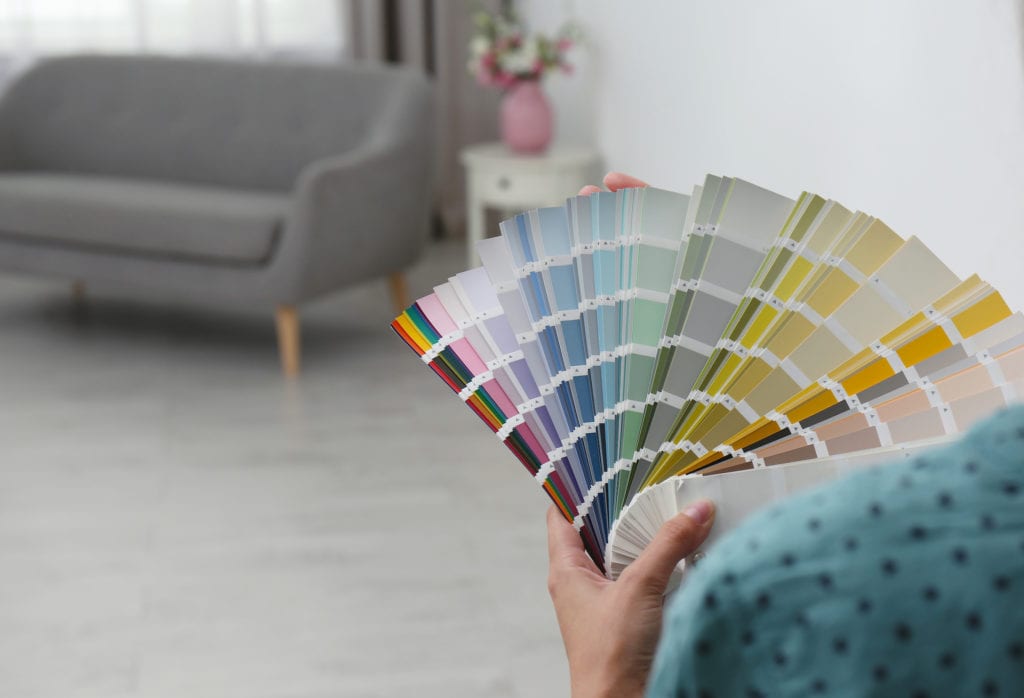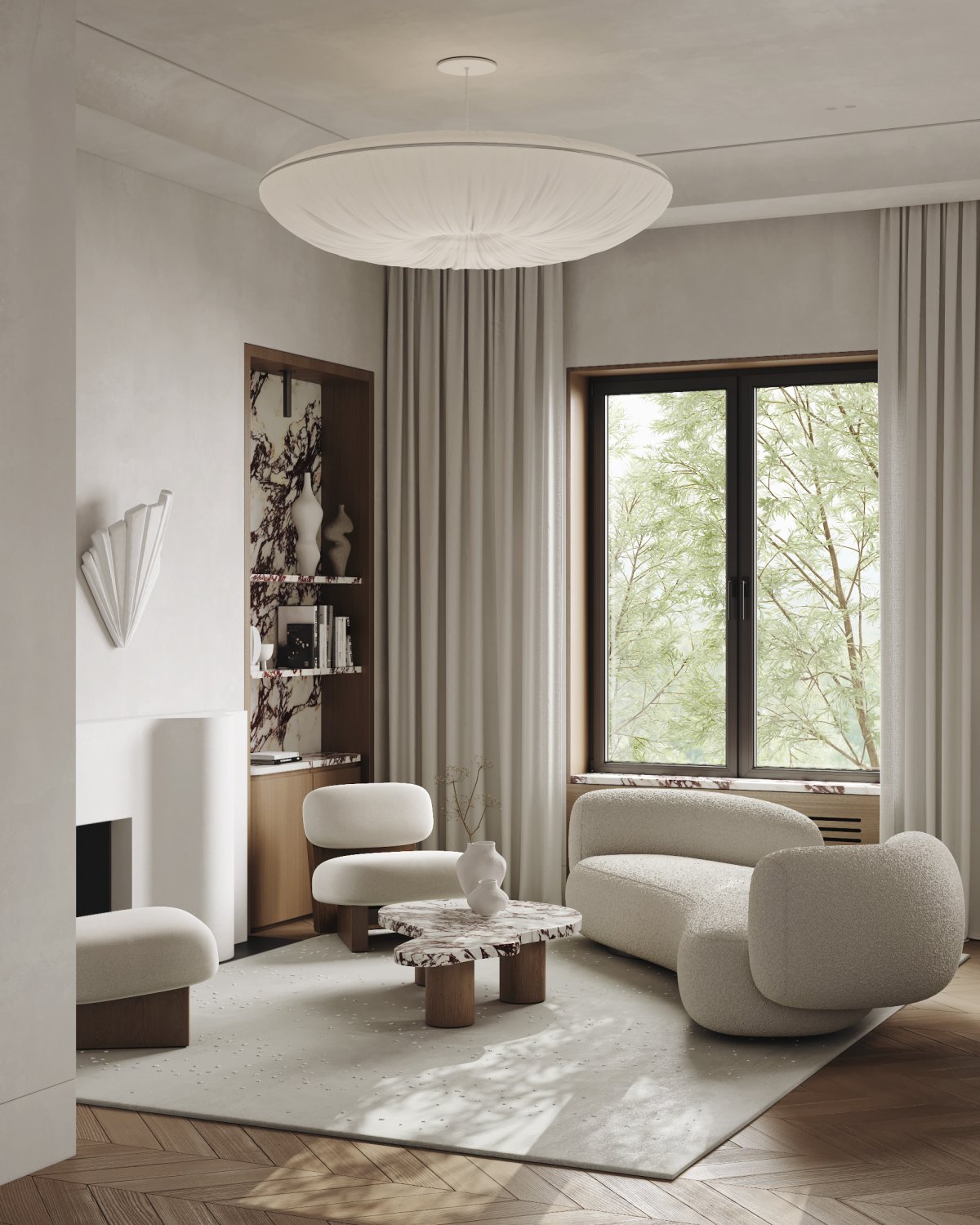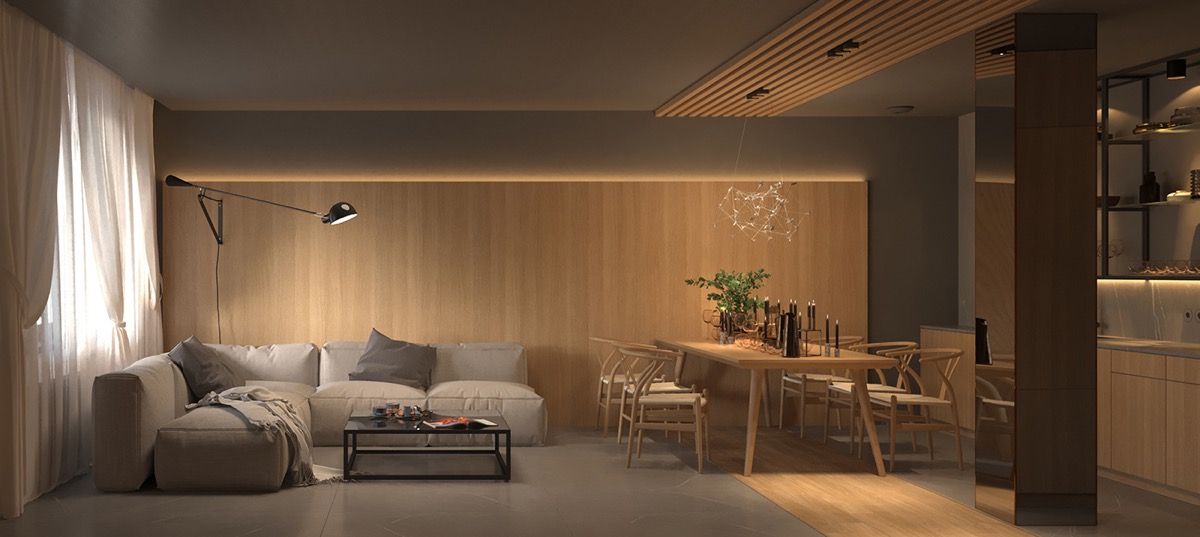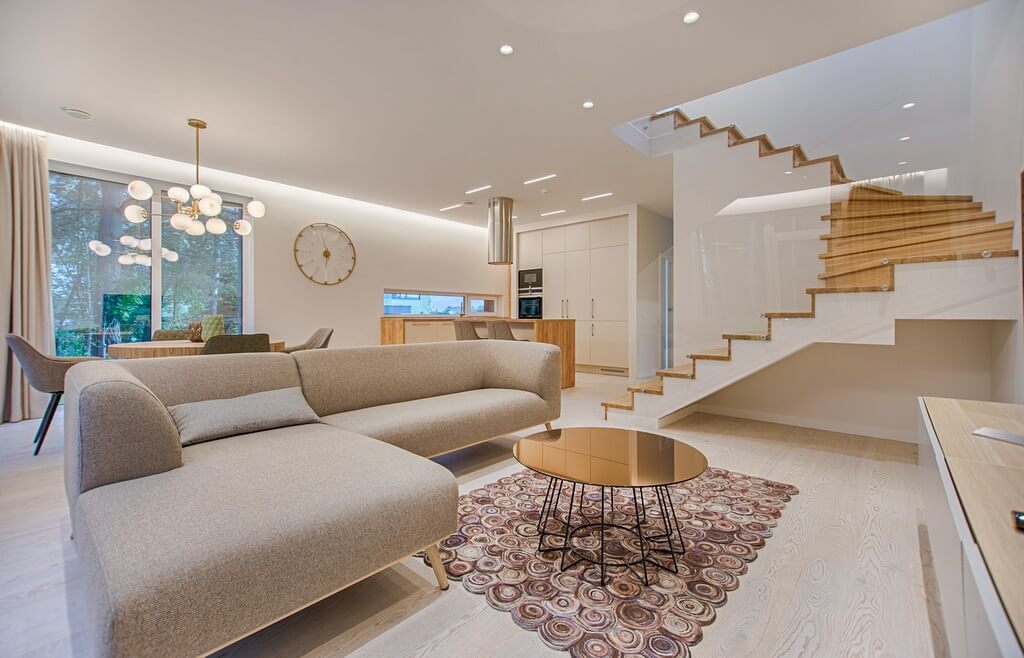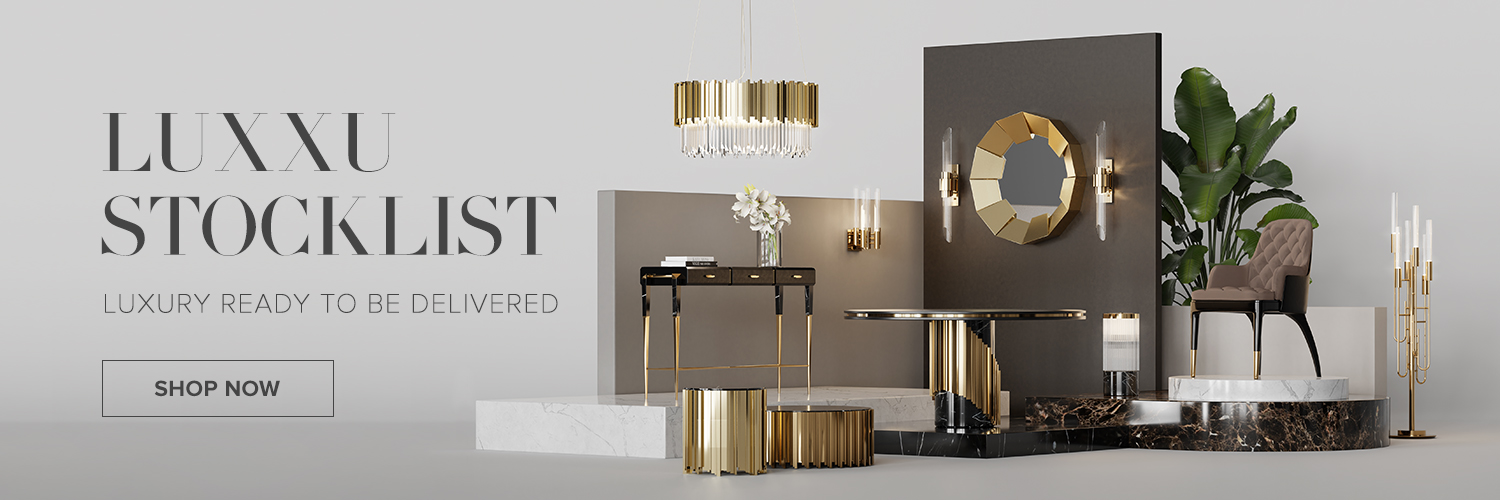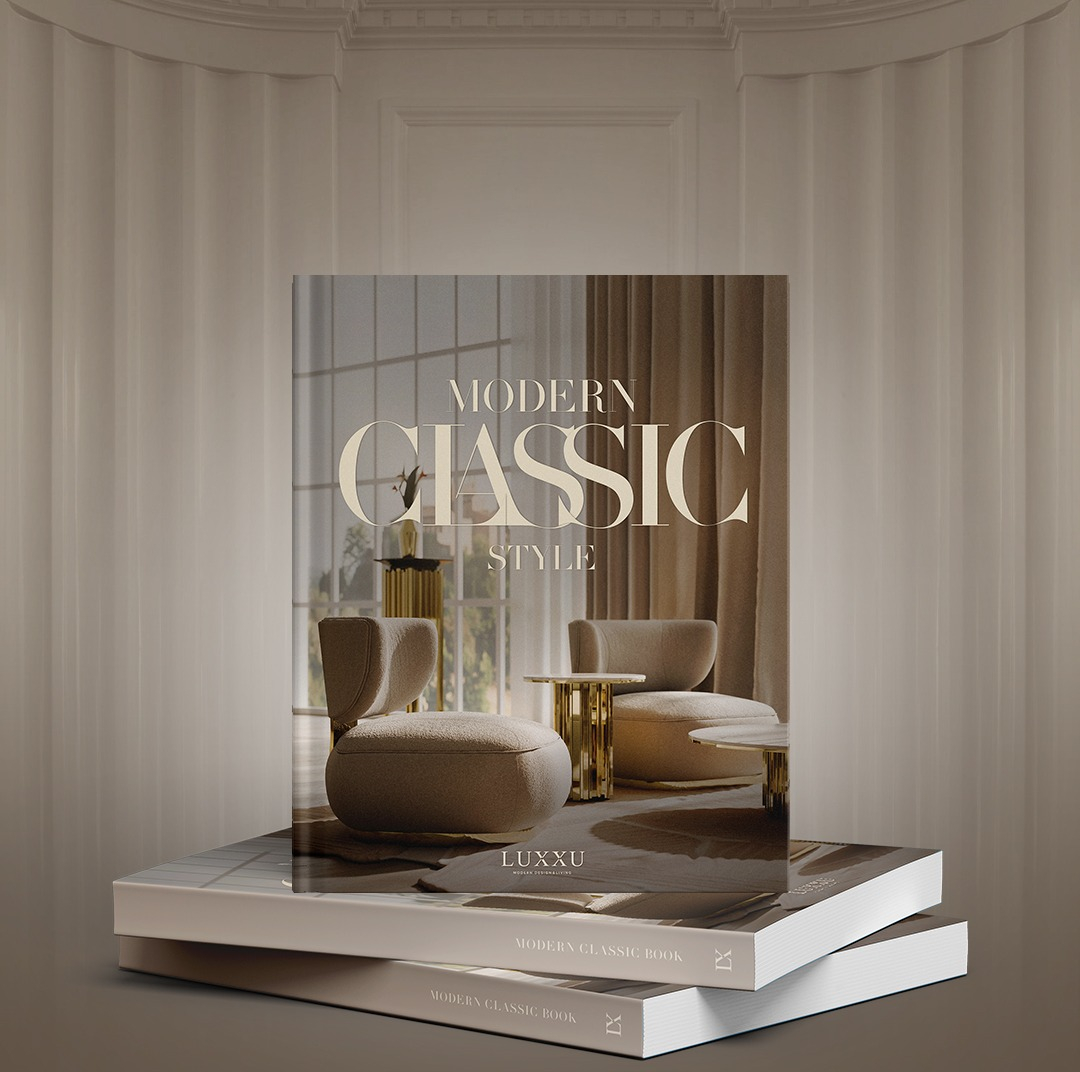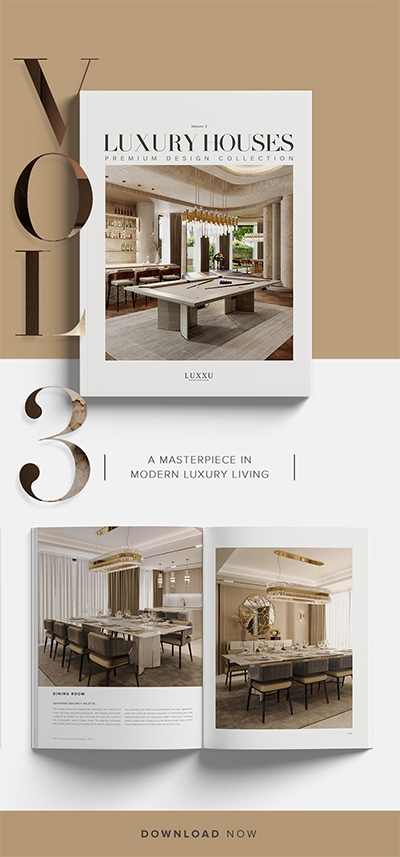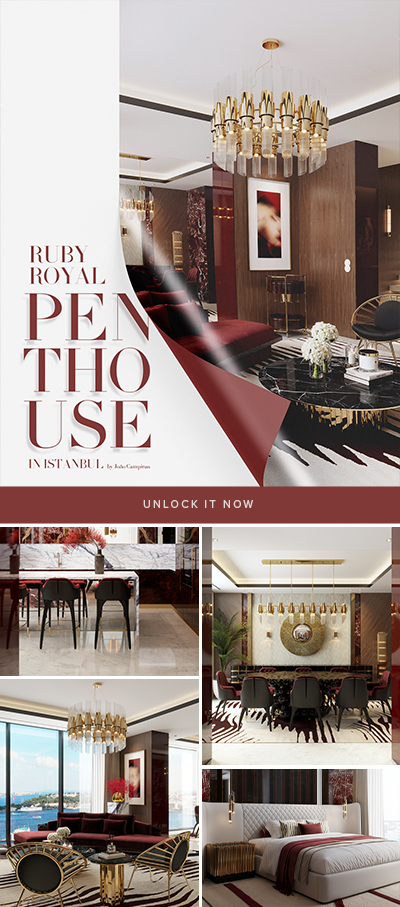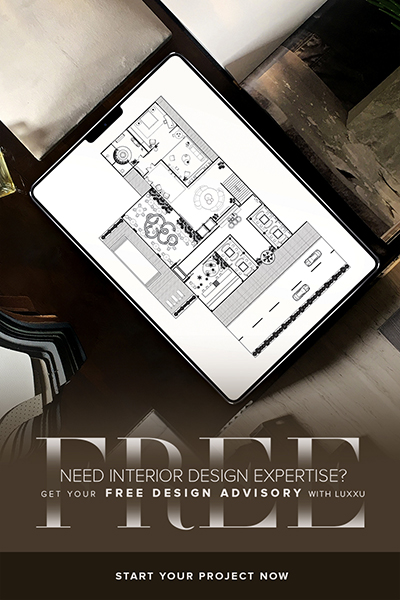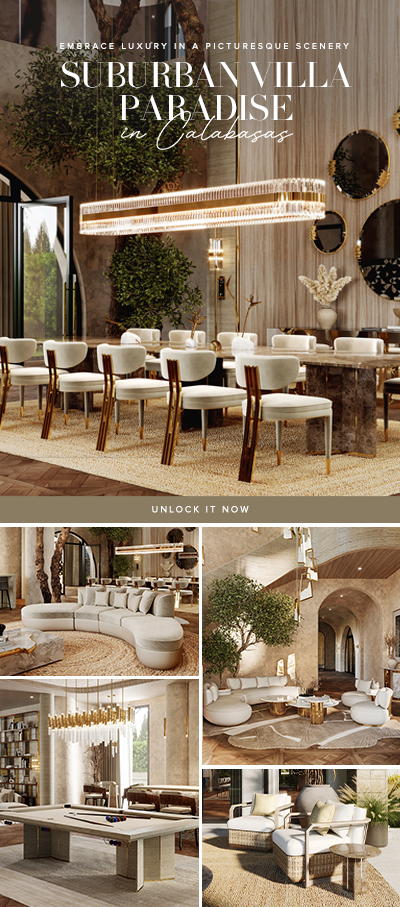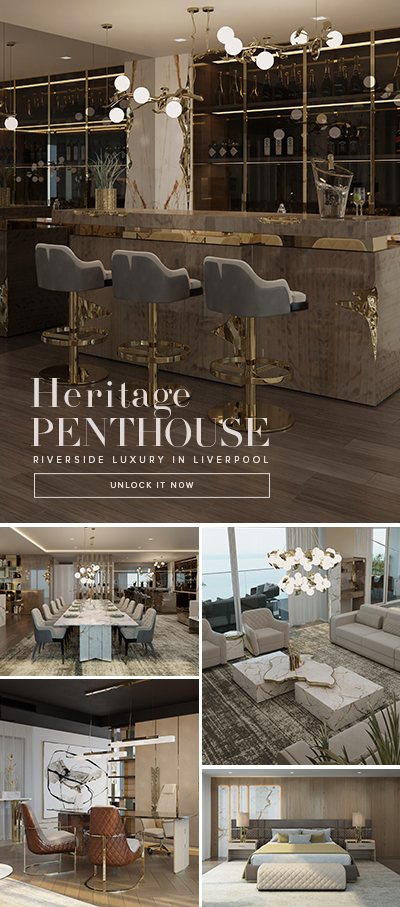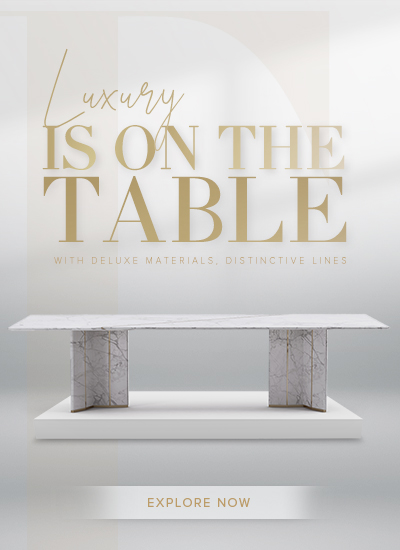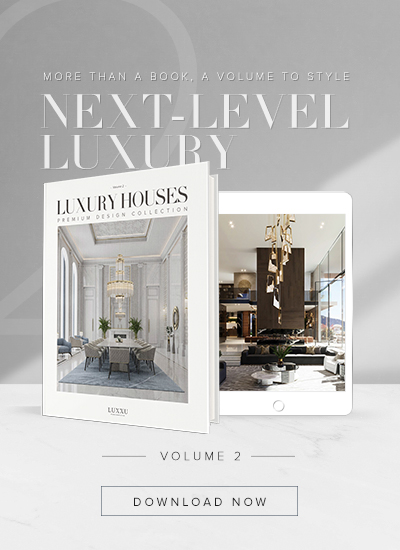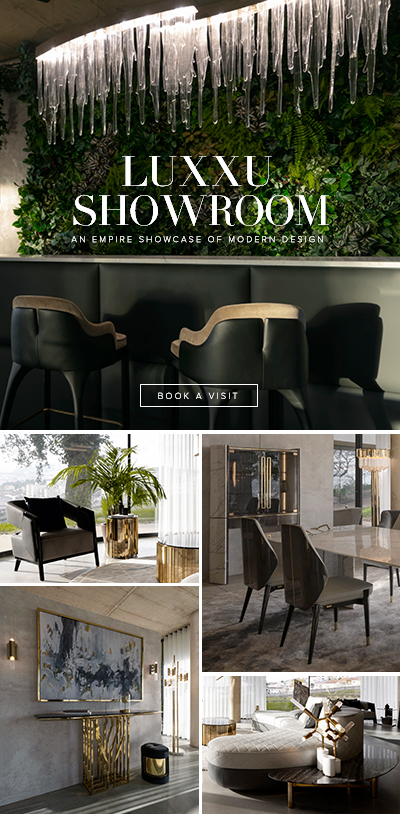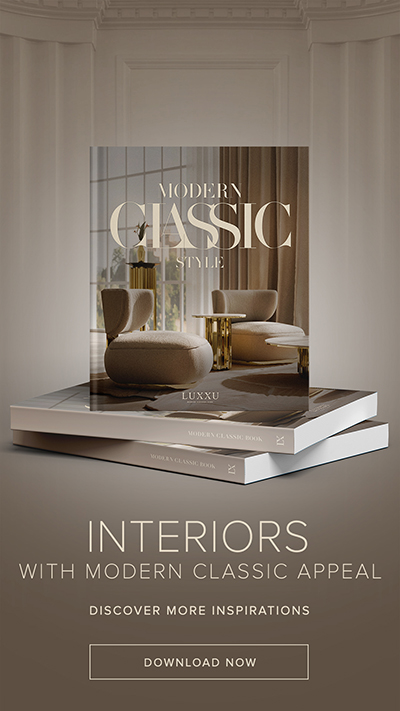Pazziella Garden & Suites: Situated in the heart of the stunning island of Capri, the Pazziella Garden &
How Your Interior Design Decor Affects Your Mood And Mental Health
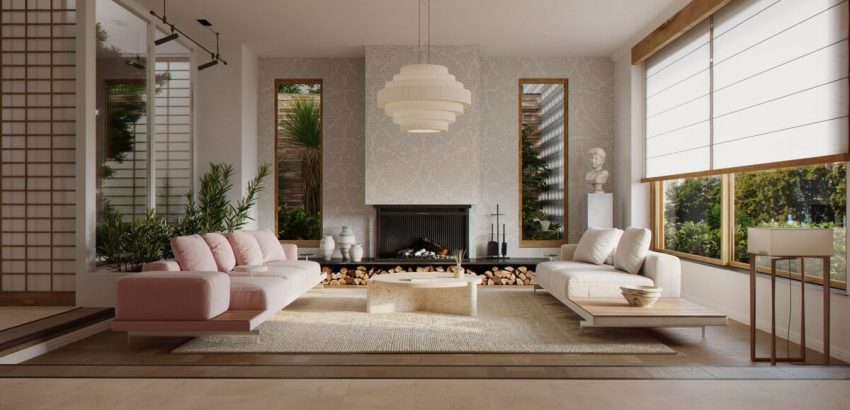
How Your Interior Design Decor Affects Your Mood And Mental Health – Whether it’s your local cafe, your office, or your home, the psychology of colors in interior design affects us every time we enter a new space, whether we’re aware of it or not. This is part of why the job of interior designers is so vital – how can a client unwind on the weekend if their home is poorly designed and uninviting? Thinking of this, LUXXU Blog put together some of the key points you should take into consideration when decorating your home so that you can feel more comfortable and relaxed.
See also: Urban Penthouse In Hong Kong – Get Ready To Enter A Luxury Oasis In The City!
The Psychology Of Interior Design
The Choice Of Color
It’s no secret that colors influence our mood; when we’re sad, we even say we’re feeling blue! The marketing industry is hugely emotionally impacted by color as well and, for example, you can see that studies have shown that too much red can raise your heart rate! Here are some color effects that interior designers generally agree on:
- Blue represents the sky and the sea, which helps to create a more relaxing atmosphere in interior design psychology. Darker blues, such as navy and royal blue, are currently popular in kitchens and bathrooms.
- The color red is associated with vitality, power, and love. In excess, red can be intimidating and fiery, causing anger; in moderation, red can be warm and inviting.
- White represents purity and brightness. While all-white interior design was once popular, designers are now accenting white rooms with metallics or bold colors.
- The yellow hue is commonly associated with sunshine and happiness, so it’s no surprise that the color is thought to promote happiness. Pastel yellows are frequently used in children’s bedrooms, particularly in gender-neutral nurseries.
- Purple has regal overtones and can elicit feelings of luxury. At the same time, purple is frequently used in bohemian-style interiors because it can connote mystery, creativity, and experimentation.
Show Your Personality Through It!
The fact that no two projects are alike is what makes interior design so exciting. Decorating a California beach house will undoubtedly differ from designing a start-conference up’s room! While lighting, colors, and other factors all play a role in interior design psychology, perhaps the most obvious way to create a joyful space is to tailor it to you and you alone, keeping your desires at the forefront of your process!
Create The Perfect Lighting Set Up
It’s no secret that natural light makes us happy, whereas darkness can depress us. When working on new construction, keep in mind to place windows where more light will shine in – remember, the sun rises in the east and sets in the west! Window placement is often beyond your control, but you can still consider the psychology of interior design when considering the presence of light within a room. If you don’t want to dim the sun’s rays, decorate windows with translucent curtains to prevent blockage.
Clever Use Of Space!
Usually clutter makes us anxious; consider piled-up dishes in the sink or a stack of laundry that needs to be folded for example. Sometimes, especially when it comes to the psychology of interior design, less is more. Of course, there is always a counterbalance. Too much unused space can lead to feelings of loneliness. Even in minimalist interior design styles, minimalism does not necessarily mean emptiness – it means choosing simpler designs, avoiding loud prints, and sticking to a limited color palette.
Ever Heard Of Feng Shui?
You’ve probably heard the term Feng Shui used in a conversation but aren’t sure what it is or what it means. Feng Shui is an ancient Chinese philosophy that emphasizes the elements’ peace and harmony. Feng Shui practitioners believe that the optimal placement of objects or furniture can attract positive energy, resulting in wealth, better relationships, happiness, luck, and other benefits. Consider vertical space by emphasizing the height of a room, minimize clutter daily, and add some plants as nurturing another living thing in your home is considered good Feng Shui. Keeping the entryway clean and inviting, and incorporating metallic accents is also a good way to do it because metallics have been in style for thousands of years, according to Feng Shui!
See also: New Living Room Book – Get Ready To Renovate Your Living Room Today!
If you enjoyed this article regarding How Your Interior Design Decor Affects Your Mood And Mental Health then make sure to check out our socials to find news, inspirations, and more interior design ideas: Pinterest | Facebook | Instagram.
